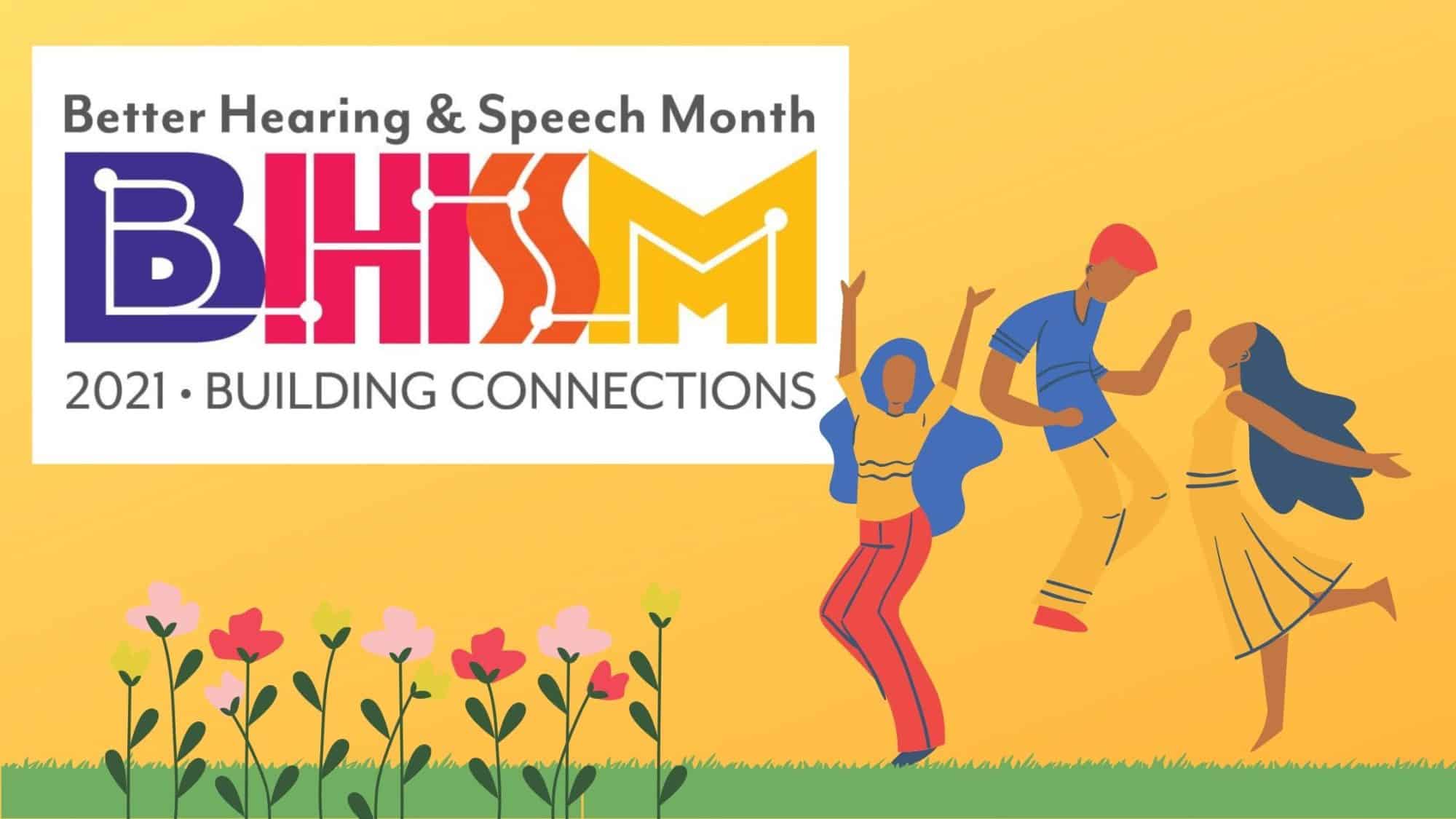- The Future of Hearing Health Research: Promising Breakthroughs - April 18, 2024
- Hearing Health in the Classroom: Strategies for Teachers and Students - April 6, 2024
- The Power of Bluetooth: A New Chapter in Hearing Aids - March 26, 2024
For the past year, many of us have found it difficult to connect with loved ones. Those who live far away might have been unable to travel for months at a time. Even those loved ones who live nearby might be separated from us due to social distancing protocols and temporary quarantines. After the strain caused by the COVID-19 pandemic, conditions are changing in much of the country.
Every May we celebrate Better Hearing and Speech Month, and it is remarkable to look back to the environment we faced in May 2020. In just a year some of our habits and lifestyles have changed, but one thing remains—the joy it brings to connect with our loved ones. This year’s theme for Better Hearing and Speech Month is “Building Connections,” and we can take the opportunity to celebrate the newfound ability to connect with our loved ones once again.
Even when we remain physically distant, technology makes it possible to connect in new ways we might not have imagined in 2019. To celebrate Better Hearing and Speech Month, let’s take a look at some of the ways to build connections with our loved ones who have hearing loss. Whether in person or from far away, we can take steps to build stronger connections with those we love.
Connecting in Person
When possible, we can take advantage of the opportunity to connect with our loved ones in person, newly aware how precious these times together truly are. Whether taking a walk in a park, having a backyard barbecue, or enjoying a holiday dinner, building strong connections with our family members is a joyous event.
However, those who have untreated hearing loss can be frustrated to realize that communication remains difficult even when we rejoin one another in shared space. If you have a loved one with hearing loss, there are simple steps you can take to build strong connections through conversation.
Begin with moving closer to that person, avoiding talking from another room in the house. Try to establish a line of sight between you, making it possible to witness visual cues alongside audible ones. Remain patient with requests to repeat yourself or to speak up; although it can be frustrating for all parties involved, the desire to connect is most important. Above all, listen to what your loved one needs to make communication easier. If you can keep accommodation in mind, you can bridge the gap in space and sound, building stronger connections than ever.
Connecting Across the Miles
When it is not possible to visit one another in person, technology has stepped in with new ways to communicate freely with our loved ones. The abrupt rise in videoconferencing technology in 2020 transformed the way we interact, even with people across the globe. These video calls help us move even closer to the feeling of a face-to-face conversation, but they can be difficult for those with untreated hearing loss, as well. Again, a few simple steps can make an immeasurable difference for those you love.
Try to take turns in group calls, as much as possible. When multiple people try to talk at once, audio can drop out of the call, making it even more difficult for a person with hearing loss to understand. Gesturing before speaking can be an easy habit to create. Try to use ample lighting, as well. Whether they realize it or not, many people with hearing loss rely on mouth movement to put together sound into intelligible speech. You can even help your loved one access a captioning service to provide text in live time while the call is underway.
Treating Hearing Loss
Although these tips can help you build strong connections with your loved one who has untreated hearing loss, the best solution is to receive lasting treatment in the form of hearing aids. Contact us to schedule a hearing test right away or encourage your loved one to do so. Once we offer a complete diagnosis, we can pair you with the right hearing aids for your needs, making it possible to build connections with loved ones in an even greater array of settings.

